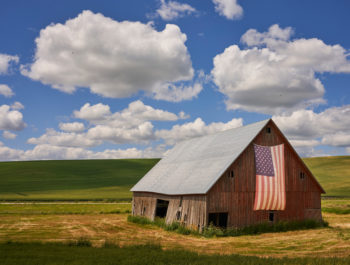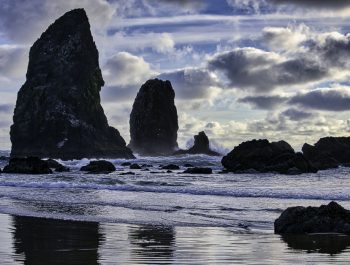Photograph What Makes Your Heart Sing
 What separates the average from the great photographer? I believe it has to do with the connection the photographer has with his or her subject. Some great photographers I admire, David duChemin, Sarah Marino, Chuck Kimmerle, Cole Thompson and Guy Tal to name a few, strive to connect at a deeper more meaningful level; their creativity and images become a by-product of that intimate connection.
What separates the average from the great photographer? I believe it has to do with the connection the photographer has with his or her subject. Some great photographers I admire, David duChemin, Sarah Marino, Chuck Kimmerle, Cole Thompson and Guy Tal to name a few, strive to connect at a deeper more meaningful level; their creativity and images become a by-product of that intimate connection.
For many, photography has become a competition. Facebook, Twitter, and Instagram all feed us images in a never-ending stream. Sites like 500px promote competition for “likes.” I’m not sure this is healthy, especially for those aspiring to do more with their photography. Film photography required a connection with the subject. I felt more connected to the process. I knew how to meter properly and use my gear. With film, you had to contemplate appropriate f-stop, aperture, and composition. There was no LCD to review your exposure histogram or image. Typically, photographers did not see developed images for a week or more. Such constraints necessitated a deeper level of connection and thought; I was simply immersed in the process of photography for every image I created.
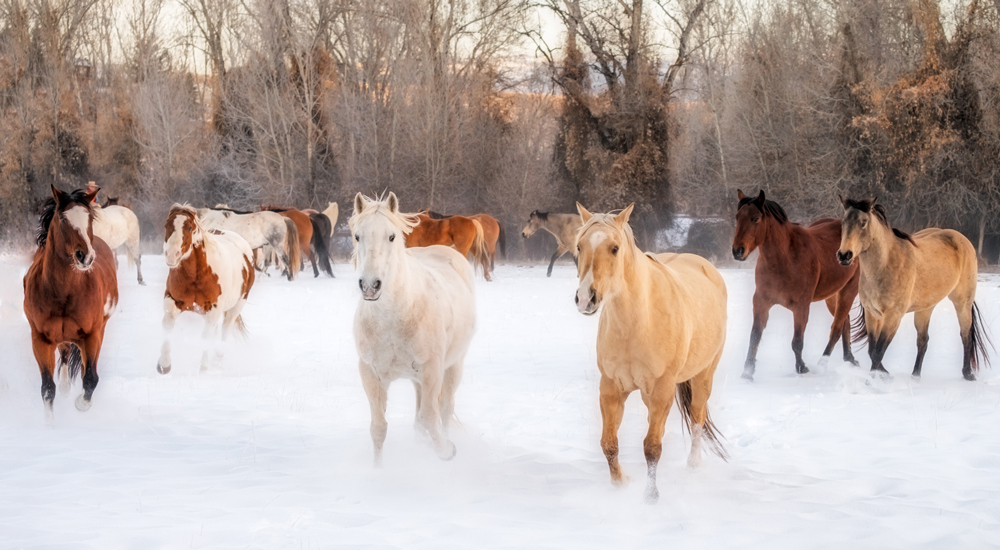
I believe that digital photography and the Internet offer value, especially for learning and sharing. However, I fear the focus has changed to immediate gratification and competition for “likes.” I photograph because it feeds my soul. Therefore, I limit my participation to one of necessity as a professional photographer, and not one of self-gratification.
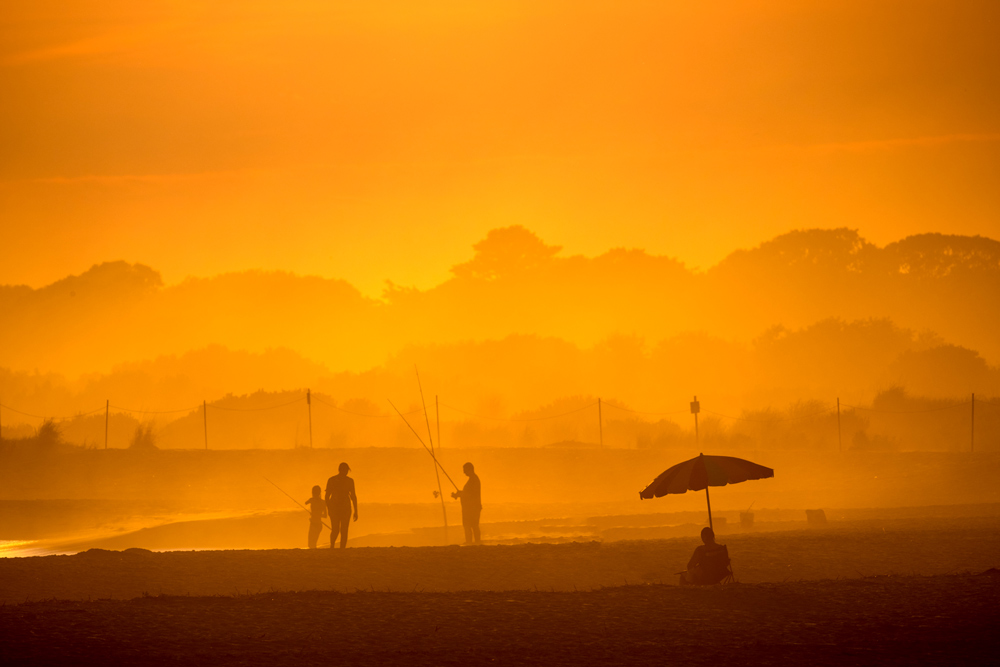
Here are a few suggestions for creating images that make your heart sing.
1. Focus on experiences not gear. Until recently, I have not owned state of the art equipment. I learned a long time ago that cameras don’t make images, people do. The camera is a tool for the artist, not unlike a paintbrush or sculpting knife. Photographers use their equipment to express themselves, and their connection to experiences.
2. Understand your craft so well that you are freed from its constraints, and liberated to pursue your vision. I like the music analogy. I buy a guitar and promise that I will practice at least one hour every month. That should be enough to master the guitar, right? When I share this idea in my lectures, I get a good laugh. And then I ask, “why is it so different with photography?” I see so many that have a wonderful camera with all of the lenses and accessories but only practice a few times a year. And then they wonder why they are not improving. I suggest you practice and learn your craft so well, it gets out of the way, and doesn’t distract you from your creativity, or “connection” with the subject. I assure you, the more you practice, and the more the operation of your gear becomes second nature, the easier it will be to “see” and create those images that resonate so deeply.
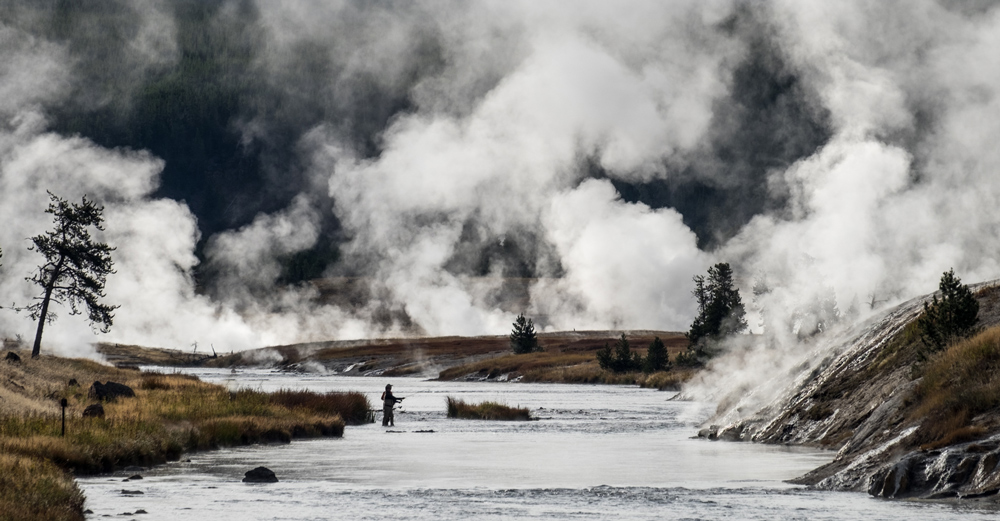
3. Worry less about what others are doing and more about your vision. My friend Cole Thompson practices what he calls photographic celibacy. He chooses not to look at others’ work. He believes doing so will taint or influence his. While I don’t practice photographic celibacy as Cole does, I do find greater satisfaction in my work when I become open to whatever turns my head, rather than by comparing the scene to what others have already produced.
Your vision simply means making images reflective of who you are, and all that you bring to the act of photography. You are unique, with your own history and life experiences. As such, your images should reflect your personal interpretation and should look different than mine. Trust your vision.

4. Ask yourself, why do I make photographs? There may be a clear answer, or more likely, no right or wrong answer. I believe considering this question may be the first step in discovering a path to greater connection with your subjects. A friend decided to post his work on a photo-sharing site. He studied which images were making it to the front page and posted a photograph just like them. He got a great response with many likes. He did it again with similar results. He was on a roll! Then he posted a picture he loved, but knew might not be received as well as the first two. Sure enough, very little attention was shown to the picture, and he received few likes. I asked him, “What will you do now? Post pictures others like? Or, will you continue to make and post images that make your heart sing?” Essentially, I was asking him why he was doing this? For the likes or because he loved the images. I reminded him that his ocean of “friends” on Instagram or 500px should not be his guide to what is good or bad. They don’t even know him!
As you photograph a scene, consider the many different images available to you. Don’t just evaluate one composition, work the scene, looking at many options or alternate perspectives. Dewitt Jones uses the term, “another right answer,” to illustrate the process of taking more than one good picture from a scene. As he works the scene, he moves from initial impressions to a deeper connection with his subject. Each composition could be considered “good,” or “right answers,” although some or one may stand out as the best “right answer.” Interestingly, the “best right answer” is often the image derived from the deepest connection between photographer and subject. For every scene, there are many “right answers,” the connection between the photographer and the subject may help isolate the “best right answer.”
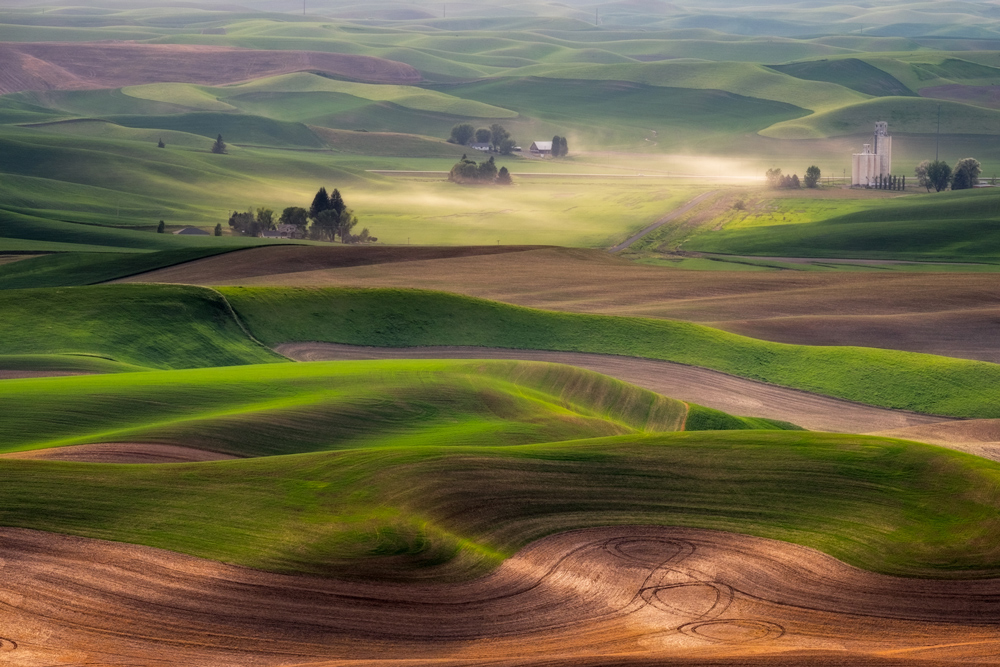
5. Be careful of expectations. I was on the first day of a fall weekend photography workshop. The colors were astounding; the conditions could not have been better. A participant came to me and said, “I’m going home.” I asked if I had said something that offended her, or had I done something wrong? She said, “No, it’s just I’m not finding what I came for.” She told me her camera club was having a competition, and her expectation was to find a waterfall image. I did not have waterfalls on the list for this short weekend workshop. Rather than find another subject, or being flexible in evaluating the scenes presented to her, she focused on the disappointment of failing to meet her preconceived expectations. Ultimately, she went home; isn’t that sad?
Contrast her experience to this one. Dan Sniffin and I were scouting for our spring Smoky Mountain Tour last year. When we arrived, he said, “John, don’t worry if I don’t shoot much. I’ve been to the Smokies many times, I’ve got all the images I need. I’m just going to relax. I have no expectations. I’ll just respond when something moves me.” Normally Dan would go on a trip and have a “shot list.” Not this time; he was going to be open to what moved him, spoke to him and inspired him. Guess what? He produced the best work he has ever produced from the Smokies. His success was so good, he did the same thing in the Palouse a couple of months later with the same results. Be careful about the expectations you bring to your photography. Consider an alternative approach, one of contemplation, and openness to the photographic gifts offered to you in that moment.
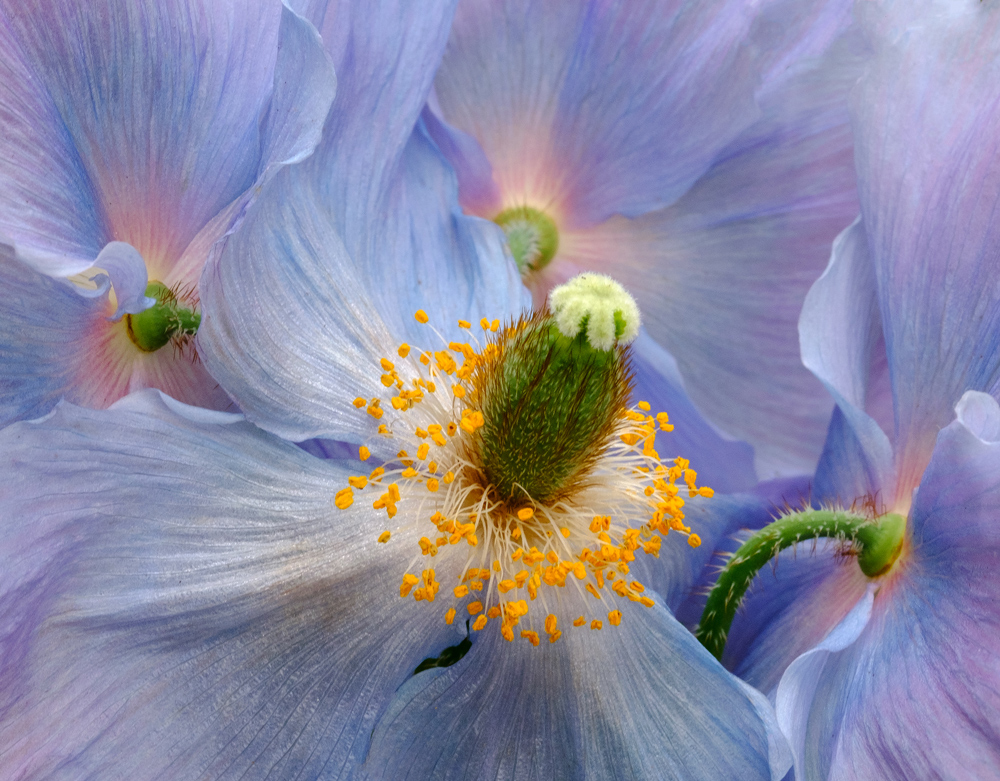
I too enjoy when others appreciate my work. I use Facebook, my blog, and Instagram to promote my work and support my business. When it comes to creating images, I have found the approaches I am suggesting here have helped me to create images that make my heart sing. I have also come to realize it is how ‘I feel’ about my images that matters most. Ultimately, if I love an image and someone else does not, that is just fine. As I disassociate myself from the praise and approval of others, I find I am making much stronger and more meaningful images.
Now go make some images that make your heart sing!
You can find more information and photography by John on his Website, Instagram and Facebook
Here are some more of my images to get you inspired
John Barclay
July 2019
Doylestown, PA
John Barclay is an award-wining freelance photographer based in Bucks County, PA. John is a passionate photographer and enthusiastic workshop leader. He is also an inspirational speaker, presenting his program Dream – Believe – Create to audiences around the world. John’s work has been published in a number of books and magazines and is treasured by a number of private collectors. Recently, John was the recipient of an excellence award from B&W Magazine and was chosen by Dewitt Jones to participate in his www.healingimages.org program. John is respected for his processing knowledge and well known for his Topaz Webinars. You can see his work and view his workshop schedule at www.barclayphoto.com














